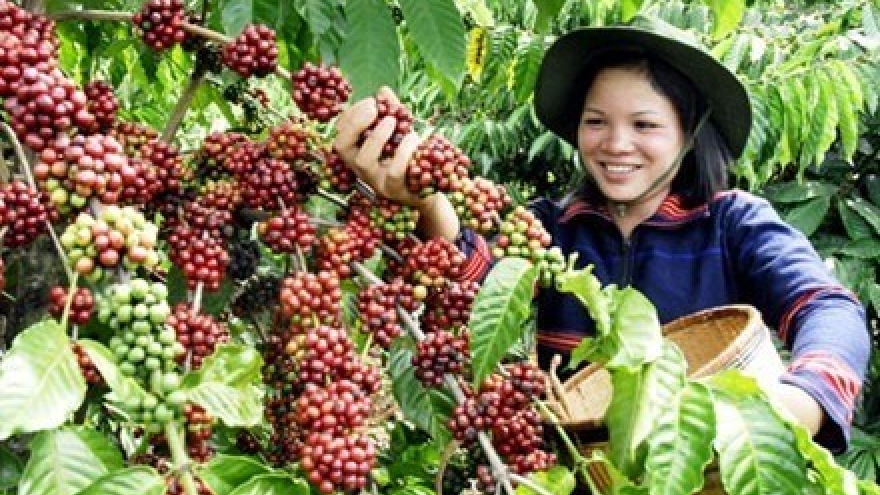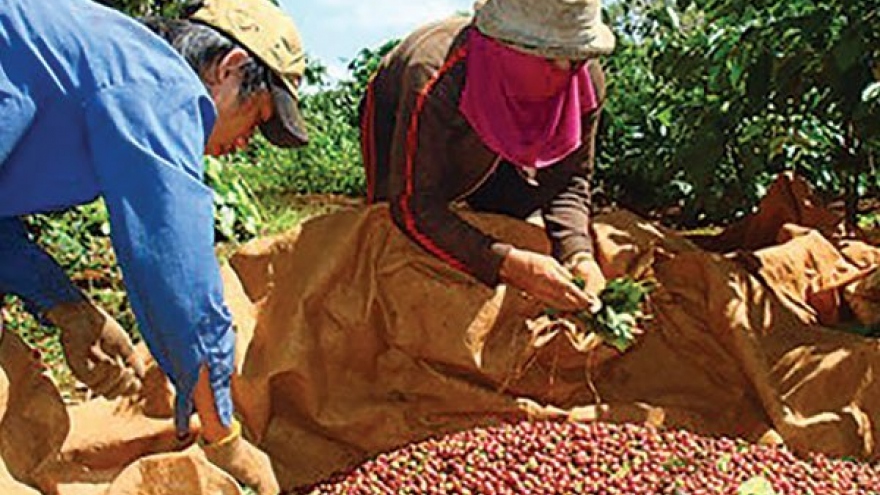Insiders talk climate, integration-adapted coffee industry
Developing Vietnam’s coffee industry in response to climate change and international integration was discussed at a workshop in Buon Ma Thuot city, the Central Highlands province of Dak Lak, on March 12.
The Central Highlands provinces of Dak Lak, Lam Dong, Gia Lai, and Dak Nong should be designated as the key cultivation region with 530,000ha. The remaining area should be concentrated in Dong Nai, Binh Phuoc, Ba Ria-Vung Tau, Kon Tum, Quang Tri, Son La, and Dien Bien provinces.
 |
| Spraying pesticide at a coffee farm |
Existing policies need to be implemented more effectively to develop agricultural and forestry plant varieties, minimise losses in production, expand large-scale fields, and encourage cooperation in agricultural production.
Duc also underscored the need for manpower training to ensure a high-quality workforce for the industry.
Meanwhile, Truong Hong, Acting Director of the Central Highlands Agriculture and Forestry Science Institute, said aside from planning and technical solutions, the State should launch commercial tree insurance programmes and complete coffee-related policies such as those on infrastructure development, providing soft loans for coffee farmers, and applying science-technology in coffee production.
Vietnam has about 643,160ha of land for coffee trees at present. Coffee productivity reached 2.43 tonnes per ha in the 2015-2016 crop, generating an output of almost 1.46 million tonnes of coffee beans, up 5,500 tonnes from the previous crop.




